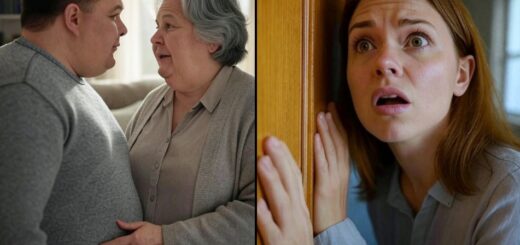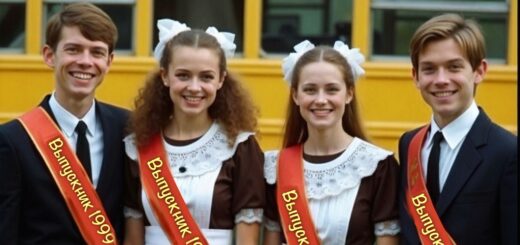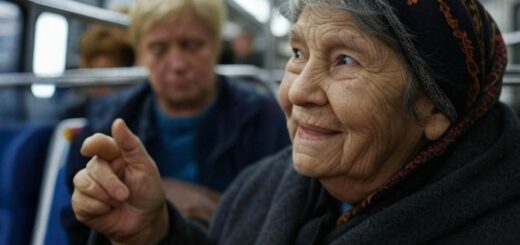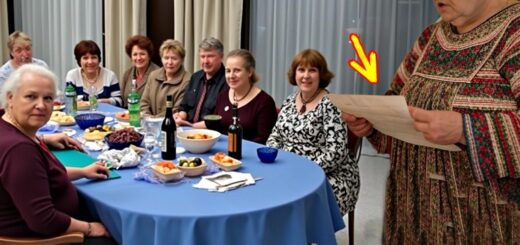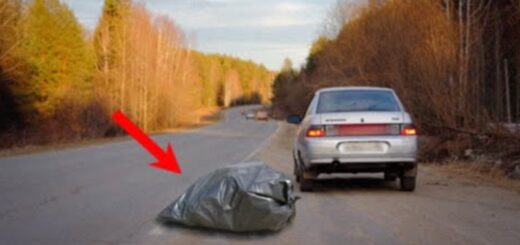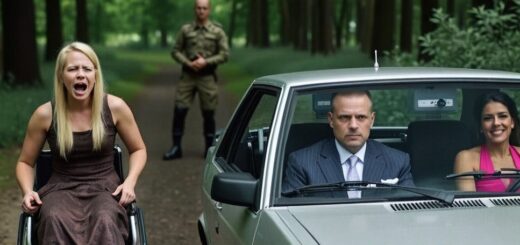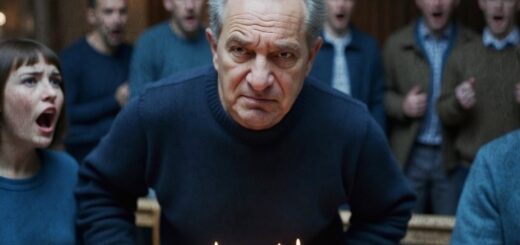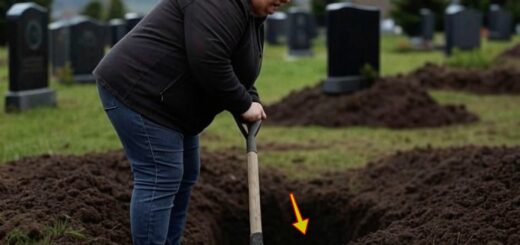In the fall of 1980, four nuns from a small village vanished without a clue, casting their devoted community into a haze of sorrow and uneasy rumors
I still am. The thought that had haunted him for twenty-eight years crept into his mind. If he hadn’t encouraged her religious vocation, would she still be here today? Would she be a mother, a teacher, alive and well, instead of— In the name of the Father and of the Son and of the Holy Spirit, Fr.
Elias said sharply, making the sign of the cross to banish the treacherous thought. He could not allow himself to question God’s plan, even in his darkest moments. Setting aside Therese’s photograph, he reached for another, the last known image of the four missing nuns.
They sat together on a wooden bench outside the small remote saint, Dymphna’s Chapel, near the edge of Shasta Trinity National Forest. Sister Mildred and Sister Joan, the eldest, sat with their hands folded placidly in their laps, their lined faces serene. Sister Beatrice sat beside them, her posture more relaxed, but her expression reverent, and beside her was Therese, the youngest, her eyes bright with purpose, even in the faded photograph.
The photograph had been taken by a local visitor just days before the nuns disappeared. They had traveled to St. Dymphna’s Chapel for a short spiritual retreat, two days of fasting, prayer, and silence, before the feast of a Catholic saint. The diocese had also tasked them with assessing the old chapel’s condition to determine whether it should be restored or decommissioned.
Sister Therese, with her eye for detail, had been asked to document the state of the structure. Father Elias stared at the image, his mind drifting to calculations he’d made countless times before. Sister Mildred would be ninety-six now, Sister Joan ninety-three.
Even if by some miracle they had survived whatever befell them, they would be frail, ancient women. But Beatrice would be fifty-six, and Therese just fifty-one, still potentially in the prime of life. He remembered the frantic days and weeks after their disappearance.
The police had searched the forest extensively, combing through underbrush and scaling the nearby mountainsides. Search parties had spread out through surrounding farms, villages, and towns. But not a single clue had emerged, no scraps of clothing, no personal effects, no signs of struggle.
It was as if the four women had simply vanished into thin air. The official theory had eventually settled on a bear attack. The Shasta Trinity National Forest was known for its wildlife, including black bears that could become aggressive if threatened.
Perhaps the sisters had wandered too far into the woods and encountered a predator. But the complete absence of evidence had always made this explanation feel hollow to Father Elias, and to many others as well. Over the years, uglier rumors had circulated, whispers that the nuns had abandoned their vows and run away to start new lives.
Father Elias and the Church had worked tirelessly to quash such speculation, but the seeds of doubt had been planted in the community nonetheless. Therese would never have done that, he whispered, tracing his sister’s face in the photograph. She would never have left without telling me.
As he continued to gaze at the photograph, his eyes drifted to the chapel in the background. St. Dymphna’s had been a simple structure constructed in the 1920s to serve the scattered Catholic population in the area. Its white walls and modest bell tower were visible behind the nuns, surrounded by the looming trees of the forest edge.
Something tugged at Father Elias’ heart as he studied the building. He hadn’t visited St. Dymphna’s in over twenty years, finding the memories too painful to bear. But now, on this anniversary, he felt a strange urge to see it again, to walk where his sister had walked, to pray where she had prayed.
Perhaps it was mere sentimentality, a desire to feel close to Therese on this difficult day, or perhaps a small voice whispered in the back of his mind. There was still something to be discovered there, some clue overlooked in the initial investigation. The latter thought was almost certainly foolish.
What could possibly remain to be found after twenty-eight years? Yet the pull was undeniable. Father Elias carefully replaced the photographs in the box, except for the one of the four nuns at St. Dymphna’s, which he slipped into his pocket. He rose from his desk, collected his Bible and rosary, and left his office with purpose in his stride.
In the church parking lot he slid behind the wheel of his modest sedan, placed the photograph on the passenger seat beside him, and said a brief prayer for guidance. Then he turned the key in the ignition and pulled away from St. Agnes, heading toward the forest and the ghosts of his past. The winding road leading from Eldon Hollow to the Shasta Trinity National Forest carried Father Elias through changing landscapes.
The town’s neat houses and businesses gave way to scattered farms, which eventually surrendered to the encroaching wilderness. Tall pines and cedars crowded the roadside, their shadows dappling the asphalt as he drove. The journey took approximately an hour and a half, giving Father Elias ample time to reflect…


